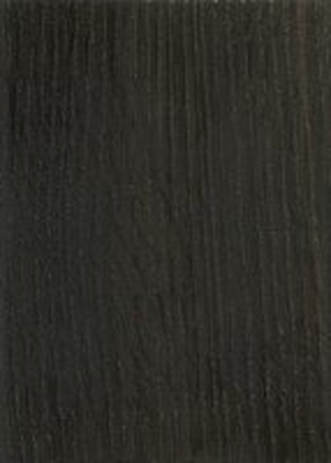Ancient English Oak (Bog Oak)
Bog Oak, much like Brown Oak, is not a specific species, but is rather a term that designates oak that has been buried in a peat bog for hundreds or sometimes thousands of years. The extremely low oxygen conditions of the bog protect the wood from normal decay, while the underlying peat provides acidic conditions where iron salts and other minerals react with the tannins in the wood, gradually giving it a distinct dark brown to almost black color.
Though Bog Oak does not describe a specific tree, it tends to most frequently occur in the United Kingdom, with English Oak (Quercus robur) being the most commonly salvaged species taken from bogs. Since there is such a limited supply of the wood—with Bog Oak essentially being the very early stages of fossilization—prices for this type of wood are very high.
Though Bog Oak does not describe a specific tree, it tends to most frequently occur in the United Kingdom, with English Oak (Quercus robur) being the most commonly salvaged species taken from bogs. Since there is such a limited supply of the wood—with Bog Oak essentially being the very early stages of fossilization—prices for this type of wood are very high.

